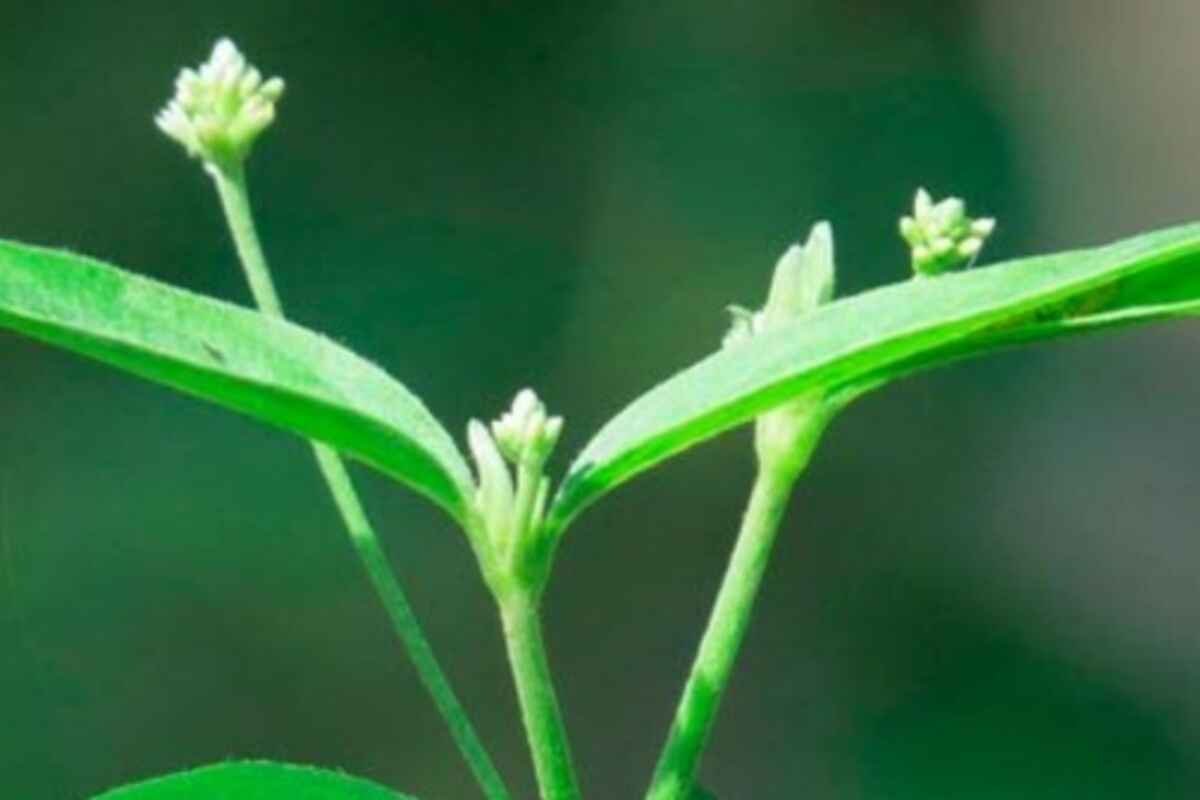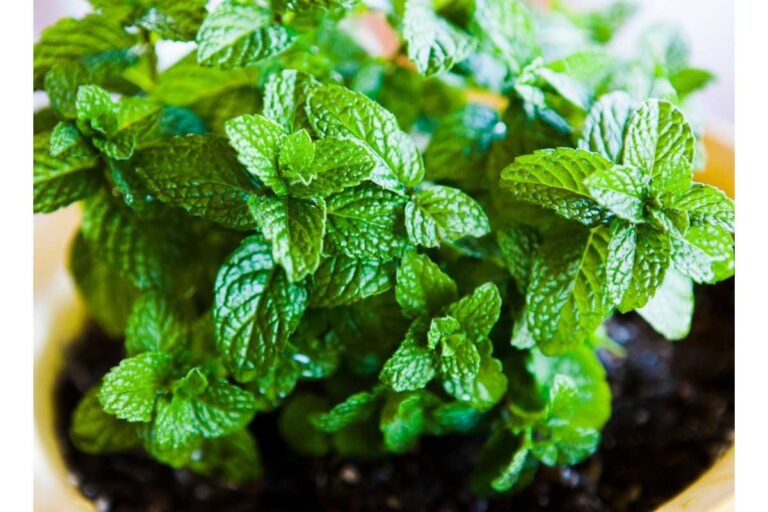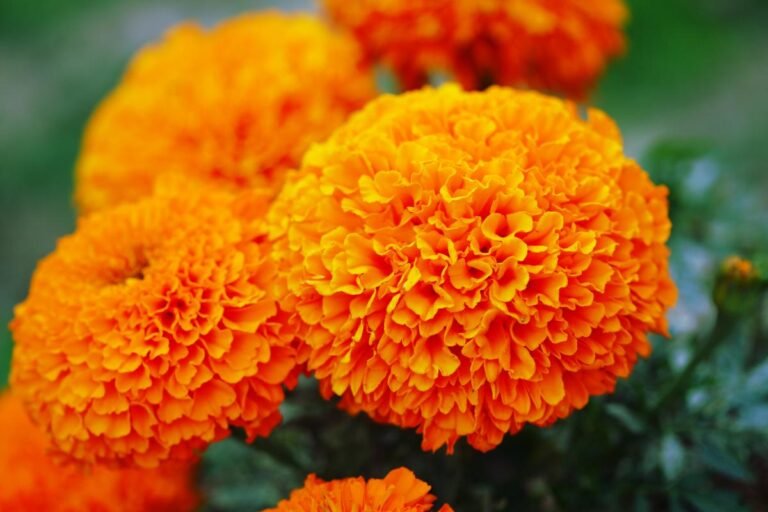How to Grow Marosa Plant?
Growing a marosa plant in your garden or home can be a rewarding experience. Known for its vibrant green leaves and aromatic properties, marosa is a popular choice for gardeners and herbalists alike. In this comprehensive guide, we will discuss tips and tricks to grow and care for your marosa plant, ensuring it thrives in your chosen environment.
What is a Marosa Plant?
Marosa, also known as Cymbopogon martini, is a perennial herb belonging to the grass family Poaceae. Native to India and Nepal, marosa is often used in traditional medicine, aromatherapy, and perfumery for its soothing fragrance and therapeutic properties. Its essential oil is known to exhibit antimicrobial, anti-inflammatory, and antioxidant activities, making it a versatile plant with numerous applications.
Ideal Growing Conditions
To grow a healthy marosa plant, it is essential to understand and provide the ideal growing conditions suited to its natural habitat.
Soil Requirements
Marosa plants prefer well-draining soil with a pH ranging between 6.0 and 7.5. Loamy or sandy soils are ideal, as they promote good drainage while retaining essential nutrients. Amend your soil with organic matter, such as compost, to improve its structure and fertility.
Light Requirements
Marosa plants thrive in full sun, requiring at least 6-8 hours of direct sunlight per day. In areas with intense afternoon sun, providing partial shade can help prevent leaf scorch and other heat-related issues.
Temperature and Humidity
The marosa plant is well-suited to warm, tropical, and subtropical climates. It can tolerate temperatures between 60°F (15°C) and 85°F (29°C). Marosa plants can grow in moderate humidity, but they will benefit from additional humidity provided by misting or placing a tray of water near the plant.
Watering
Marosa plants require regular watering to maintain consistently moist soil. However, it is essential to avoid overwatering, as this can lead to root rot and other fungal diseases. Allow the top inch of soil to dry out before watering again.
Propagation Methods
Marosa plants can be propagated through seeds or cuttings, with each method offering its advantages.
1. Seeds
Sow marosa seeds in a well-draining seedling mix, and maintain a consistent temperature of 70°F (21°C) for optimal germination. Keep the soil consistently moist but not waterlogged. Seeds will typically germinate within 2-3 weeks.
2. Cuttings
Take a healthy stem cutting with at least 3-4 nodes from a mature marosa plant. Remove the lower leaves and place the cutting in a container with water or moist soil. Place the container in a warm, bright location, and roots should form within 4-6 weeks.
Planting and Transplanting
Once your marosa seeds have germinated or your cuttings have developed a robust root system, it’s time to transplant them to their permanent location. Whether you’re planting in a pot or in the ground, ensure your chosen location receives plenty of sunlight and has well-draining soil.
When planting, dig a hole twice as wide and as deep as the root ball. Place the plant in the hole, ensuring the top of the root ball is level with the soil surface. Backfill the hole with soil, firming it gently around the base of the plant.
If you’re planting multiple marosa plants, space them approximately 3-4 feet apart to ensure they have enough room to grow and spread.
Pruning and Maintenance
Regular pruning is crucial for maintaining the health and shape of your marosa plant. Prune in early spring before new growth starts, cutting back up to a third of the plant to promote bushier growth.
Apart from regular watering and pruning, marosa plants are low-maintenance. They don’t require frequent fertilization, but an annual application of a balanced organic fertilizer can help support growth.
Pests and Diseases
Marosa plants are relatively resistant to pests and diseases. However, they can occasionally attract pests like aphids and spider mites, particularly when grown indoors. Regular inspection of your plant for signs of these pests can help you catch and manage infestations early. Use a mild insecticidal soap or neem oil to treat your plant if necessary.
Marosa plants can also be susceptible to fungal diseases, often due to overwatering or poor air circulation. To prevent these issues, ensure your plant has well-draining soil, avoid overwatering, and provide ample space for air to circulate around the plant.
Harvesting and Uses
You can start harvesting marosa leaves once the plant reaches a height of about 12 inches. Harvest in the morning for the highest oil content. The leaves can be used fresh or dried for later use. They’re often used in herbal teas, essential oils, and aromatherapy products.
Final Thought
Growing a marosa plant can be a rewarding experience, offering not just an attractive addition to your garden or home but also a source of aromatic leaves with various uses. By providing the right conditions and care, you can ensure your marosa plant thrives and produces abundantly.
Remember, patience is key when growing any plant, marosa included. With time and care, your efforts will yield a beautiful, fragrant plant that’s a joy to grow.
Hope these tips help you successfully grow a marosa plant. Happy gardening!
Let’s Have a Quick Overview – FAQs
How can I propagate a marosa plant?
Marosa plants can be propagated using seeds or stem cuttings. Both methods require a warm and bright environment and consistently moist soil for successful propagation.
How often should I water my marosa plant?
Marosa plants prefer consistently moist soil. However, it’s essential to avoid overwatering, which can lead to root rot. Let the top inch of soil dry out before watering your plant again.
Can I grow a marosa plant indoors?
Yes, marosa plants can be grown indoors. However, they require at least 6-8 hours of direct sunlight per day, so place them near a sunny window. Also, ensure the plant receives enough humidity, either by misting or placing a tray of water near it.
When should I prune my marosa plant?
Prune your marosa plant in early spring before new growth begins. You can cut back up to a third of the plant to promote bushier growth.
What type of soil does a marosa plant need?
Marosa plants prefer well-draining soil with a pH between 6.0 and 7.5. Loamy or sandy soils are ideal, and you can improve soil structure and fertility by amending it with organic matter like compost.
What are the uses of a marosa plant?
Marosa plants are known for their aromatic leaves, which are often used in traditional medicine, aromatherapy, and perfumery. The leaves can be used fresh or dried and are commonly used in herbal teas and essential oils.
How do I deal with pests and diseases in my marosa plant?
Regular inspection can help catch and manage pest infestations early. Use a mild insecticidal soap or neem oil to treat your plant if necessary. To prevent fungal diseases, ensure your plant has well-draining soil, avoid overwatering, and provide ample space for air to circulate around the plant.
When can I start harvesting my marosa plant?
You can begin harvesting marosa leaves once the plant reaches about 12 inches in height. For the highest oil content, harvest in the morning. The leaves can be used fresh or dried for later use.




